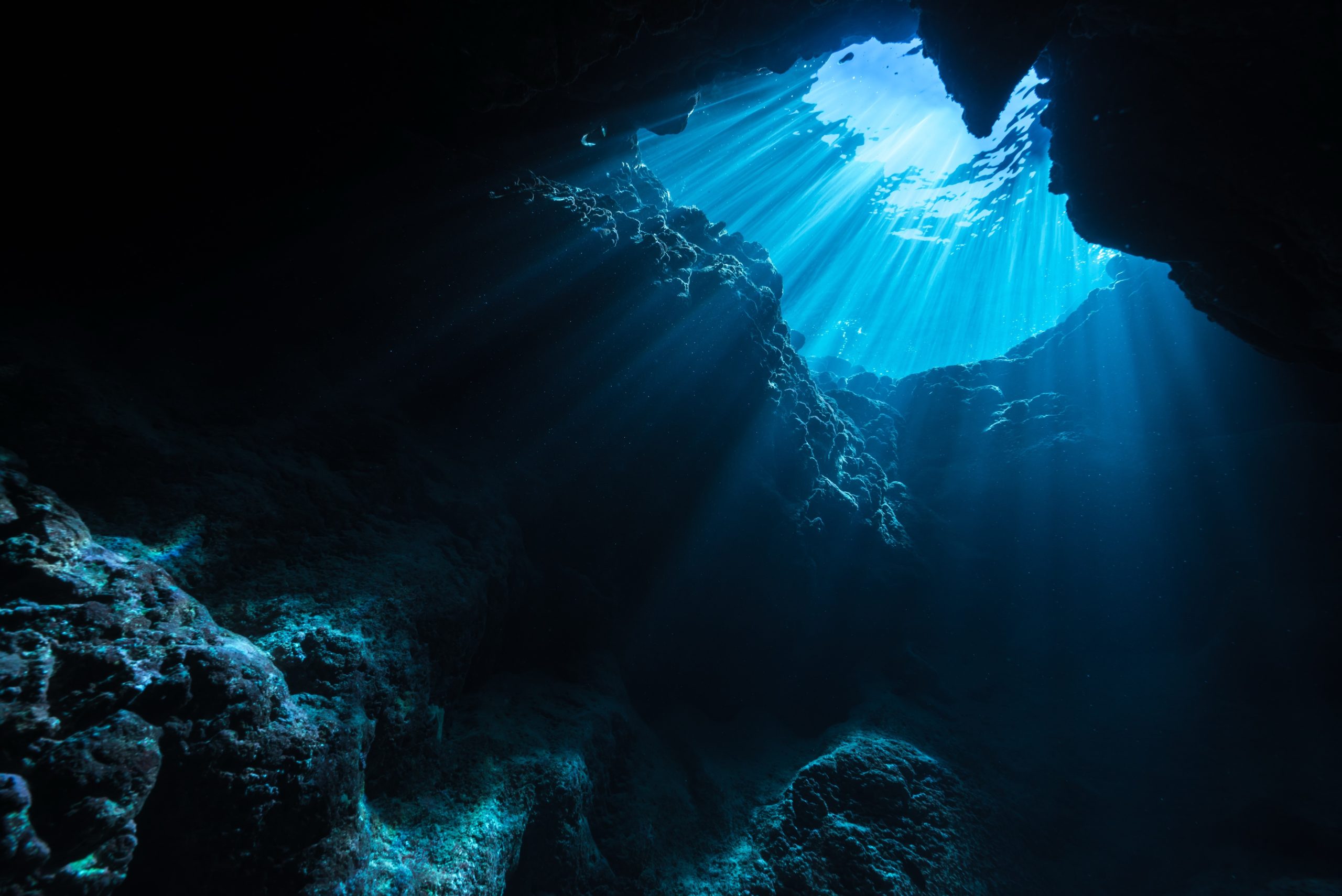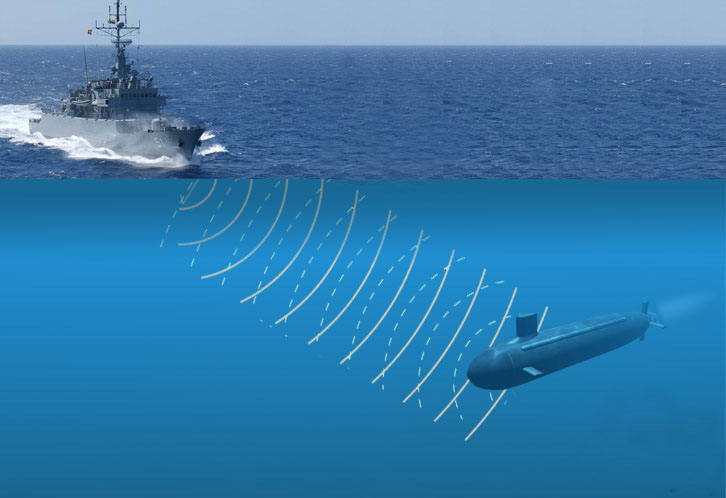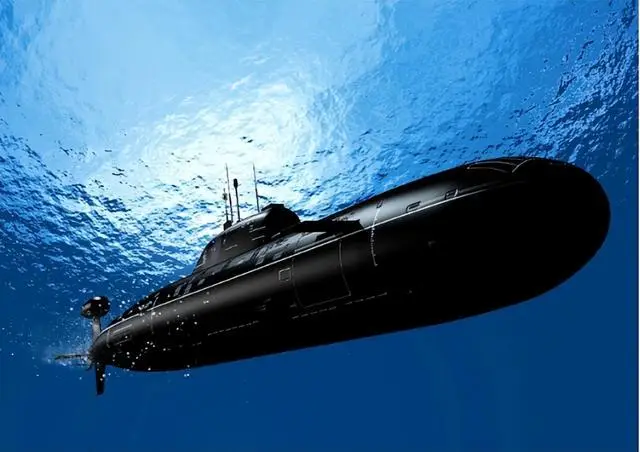The ocean depths conceal more than marine life—they guard centuries of sunken wealth, legendary curses, and mysteries that continue to captivate treasure hunters worldwide. 🌊
⚓ When Fortune Meets Fate: The Allure of Cursed Treasures
Throughout maritime history, countless ships have met their watery graves, taking with them precious cargo that would become the stuff of legend. But not all treasures rest peacefully on the ocean floor. Some carry dark reputations, whispered warnings, and tales of misfortune that befall those who dare disturb them.
The concept of cursed treasures isn’t merely folklore—it represents a fascinating intersection of historical fact, psychological phenomenon, and unexplained coincidences. From Spanish galleons laden with Aztec gold to pirate vessels carrying plundered riches, the deep ocean has become a vast vault of lost wealth, with each treasure chest potentially harboring more than just material value.
Modern treasure hunters, equipped with sophisticated sonar technology and deep-sea submersibles, continue their relentless pursuit of these submerged fortunes. Yet experienced salvagers often speak in hushed tones about certain wrecks—those surrounded by too many accidents, unexplained equipment failures, and tragic losses to be dismissed as mere coincidence.
🏴☠️ The Most Infamous Cursed Treasures Beneath the Waves
The San José Galleon: Colombia’s Haunted Fortune
Sunk in 1708 during a battle with British warships, the San José carried an estimated $17 billion worth of gold, silver, and emeralds. This Spanish galleon now lies somewhere off the coast of Cartagena, Colombia, but its discovery has been plagued by legal battles, political controversies, and mysterious setbacks that have prevented successful salvage operations for over three centuries.
Multiple expeditions attempting to recover the San José’s treasure have reported strange occurrences: unexplained equipment malfunctions, sudden storms appearing from clear skies, and an unusually high rate of accidents among crew members. Locals believe the souls of the 600 men who perished with the ship guard their precious cargo jealously.
The Flor de la Mar: Asia’s Cursed Portuguese Vessel
This Portuguese carrack sank in 1511 near the Strait of Malacca, carrying treasures looted from the Sultanate of Malacca—including a legendary golden lion studded with rubies that was said to protect the sultan’s kingdom. The ship’s captain, Afonso de Albuquerque, survived the wreck, but the treasure vanished into the depths.
According to legend, the sultan placed a curse upon the stolen treasures, declaring that anyone who touched them would never enjoy their wealth. Several expeditions have claimed to find the wreck’s location, but none have successfully recovered significant treasure. Equipment failures, funding collapses, and personal tragedies have consistently thwarted recovery efforts.
The Whydah Gally: Captain Bellamy’s Pirate Curse
The only authenticated pirate shipwreck in North America, the Whydah Gally sank in 1717 off Cape Cod during a fierce storm. Captain “Black Sam” Bellamy and nearly his entire crew perished, along with treasure worth an estimated $400 million in today’s currency.
Though partially salvaged, the Whydah continues to claim victims. Barry Clifford, the treasure hunter who discovered the wreck in 1984, has faced decades of legal battles, financial difficulties, and personal setbacks. Other salvagers associated with the project have experienced similar misfortunes, leading many to believe the pirate crew’s restless spirits still haunt their sunken ship.
💀 The Psychology Behind Treasure Curses
While skeptics attribute cursed treasure tales to superstition and coincidence, psychologists recognize several factors that perpetuate these beliefs. The phenomenon known as “confirmation bias” causes people to remember incidents that confirm the curse while forgetting events that contradict it.
Treasure hunting is inherently dangerous, involving deep-water diving, unpredictable weather, and complex salvage operations. The statistical likelihood of accidents, equipment failures, and financial setbacks is naturally high—but when framed within a curse narrative, these ordinary risks transform into evidence of supernatural intervention.
Additionally, the immense value of these treasures creates intense pressure, competition, and stress among salvagers. This psychological burden can lead to poor decision-making, interpersonal conflicts, and health problems that might be misinterpreted as curse manifestations.
🗺️ Mapping the Unknown: Technology Meets Mystery
Modern treasure hunters employ cutting-edge technology that would astound the pirates and sailors of centuries past. Side-scan sonar, magnetometers, remotely operated vehicles (ROVs), and artificial intelligence are revolutionizing underwater archaeology and treasure salvage.
Despite these technological advances, the ocean keeps many secrets. Approximately 95% of the world’s underwater realm remains unexplored, meaning countless shipwrecks and their treasures await discovery. The combination of extreme depths, powerful currents, shifting sediments, and vast search areas ensures that many cursed treasures will remain lost for generations to come.
The Digital Treasure Hunter’s Toolkit
Today’s treasure seekers don’t just rely on traditional equipment. They utilize satellite imagery, historical maritime databases, and specialized software to identify promising wreck sites. Geographic Information Systems (GIS) help correlate historical records with oceanographic data, while social media networks enable treasure hunters to share information and theories globally.
Some enthusiasts use marine navigation apps and weather forecasting tools to plan their expeditions, though professional salvage operations require significantly more sophisticated resources and legal permits.
⚖️ The Legal Labyrinth of Sunken Treasure
Finding cursed treasure might be the easy part compared to navigating the complex legal frameworks governing underwater cultural heritage. International maritime law, national sovereignty claims, UNESCO conventions, and descendant rights create a tangled web that has trapped many treasure hunters in decades-long legal battles.
The 2001 UNESCO Convention on the Protection of the Underwater Cultural Heritage treats shipwrecks as archaeological sites rather than treasure troves, prioritizing preservation over salvage. Many countries have enacted strict laws protecting wrecks in their territorial waters, with severe penalties for unauthorized salvage operations.
Even when salvagers obtain proper permissions, disputes often arise regarding ownership rights. Original shipping companies, insurers who paid claims centuries ago, descendant nations, and finder salvagers all may claim portions of recovered treasure. These legal complexities have led some to suggest that the real curse isn’t supernatural—it’s bureaucratic.
🌊 Famous Discoveries: When Curses Are Broken
Not all cursed treasures remain forever lost. Some determined salvagers have succeeded against the odds, recovering spectacular finds that have enriched museums and private collections worldwide.
The Nuestra Señora de Atocha
After 16 years of searching and personal tragedy, including the death of his son and daughter-in-law, Mel Fisher finally located the Atocha in 1985. The Spanish galleon, which sank in 1622 off the Florida Keys, yielded over $450 million in treasure. Though Fisher’s journey was marked by setbacks that some attributed to a curse, his perseverance ultimately prevailed.
The SS Central America
Known as the “Ship of Gold,” this steamship sank in 1857 carrying California Gold Rush treasure. Tommy Thompson discovered it in 1988, recovering gold worth hundreds of millions. However, Thompson’s story took a dark turn—he became embroiled in legal disputes with investors and eventually became a fugitive. Some see his downfall as evidence that the treasure’s curse merely delayed rather than prevented misfortune.
🔍 The Treasure Hunter’s Mindset: Obsession or Passion?
What drives individuals to dedicate their lives, fortunes, and sometimes sanity to pursuing cursed treasures? The psychology of treasure hunting reveals a complex mixture of financial ambition, historical curiosity, adventure-seeking, and something deeper—a fundamental human need to solve mysteries and uncover hidden truths.
Successful treasure hunters share certain characteristics: exceptional persistence, tolerance for uncertainty, ability to learn from failure, and immunity to superstition. They view setbacks not as supernatural punishment but as technical problems requiring creative solutions.
Many treasure hunters describe their quest as an addiction—not to wealth, but to the hunt itself. The possibility that the next dive, the next sonar scan, or the next archival document might reveal the treasure’s location creates a powerful psychological hook that keeps them returning to the search despite repeated disappointments.
🧭 Untold Tales: Lesser-Known Cursed Treasures
The Merchant Royal
This English merchant vessel sank in 1641 off Cornwall, carrying treasure worth an estimated £1 billion today. Despite numerous searches, the wreck has never been definitively located. Some believe the ship’s cargo included cursed Spanish treasure, explaining why it remains one of the most sought-after wrecks in British waters.
The Waratah
Dubbed “Australia’s Titanic,” this passenger liner vanished without a trace in 1909 off the South African coast. Carrying wealthy passengers and valuable cargo, the Waratah’s disappearance spawned theories of curses related to its ominous name and a statue with glowing red eyes that allegedly haunted passengers before the ship’s final voyage.
The Juno
This Spanish frigate sank during an 1802 hurricane off the Virginia coast, carrying Mexican treasure and gold. The Juno has claimed multiple lives during salvage attempts over two centuries. Local legends suggest the ship’s commander placed a death curse on the treasure after realizing the vessel was doomed, swearing that anyone who disturbed his gold would join him in death.
💎 What Makes a Treasure “Cursed”?
Not all sunken treasures acquire cursed reputations. Several factors contribute to whether a particular wreck becomes associated with supernatural misfortune:
- Violent acquisition: Treasures stolen through conquest, piracy, or grave robbery often carry curse legends
- Sacred origins: Religious artifacts, tomb goods, or items with spiritual significance are frequently considered cursed
- Tragic loss of life: Wrecks involving massive casualties tend to accumulate ghost stories and curse narratives
- Salvage difficulties: When recovery proves unusually challenging, curse explanations emerge to make sense of persistent failures
- Cultural significance: Treasures important to indigenous or colonized peoples may be protected by traditional curses
🎯 Modern Treasure Hunting: Opportunities and Ethics
The democratization of diving technology and information access has created unprecedented opportunities for amateur treasure hunters. However, this accessibility raises important ethical questions about preserving underwater cultural heritage versus private salvage rights.
Responsible treasure hunting requires balancing the excitement of discovery with respect for history and the dead. Many professional salvagers now work closely with archaeologists, documenting sites carefully and preserving artifacts in ways that contribute to historical understanding rather than simply extracting monetary value.
The debate between “finders keepers” and “archaeological preservation” continues to intensify as technology makes deeper wrecks accessible. Some argue that private salvagers rescue artifacts from destruction by marine organisms and currents, while others contend that commercial salvage destroys invaluable historical contexts that can never be reconstructed.
🌅 The Future of Cursed Treasure Hunting
As ocean exploration technology advances and climate change alters underwater environments, previously inaccessible wrecks are becoming discoverable. Autonomous underwater vehicles, improved battery technology, and machine learning algorithms will revolutionize how treasure hunters identify and investigate potential sites.
Climate change paradoxically aids treasure hunters by shifting sediments, revealing previously buried wrecks, and making Arctic shipping routes accessible. However, these same changes threaten to destroy fragile archaeological sites before they can be properly documented.
The next generation of treasure hunters will likely be tech-savvy individuals who never get wet, using remote sensing technology and AI to locate wrecks from thousands of miles away. Virtual reality may eventually allow people to “dive” on cursed treasure sites without physical risk, though whether this removes the curse’s power remains to be seen.
⚓ The Enduring Mystery of the Deep
Despite centuries of searching and technological progress, the ocean continues guarding its cursed treasures with remarkable effectiveness. Each recovered shipwreck reveals new mysteries while raising fresh questions about what other secrets lie beneath the waves.
The legends of cursed treasures serve a purpose beyond entertainment—they remind us that some mysteries should perhaps remain unsolved, that not all wealth is meant to be possessed, and that the ocean demands respect from those who venture into its depths. Whether supernatural forces actually protect these sunken fortunes or whether human psychology creates the curses we fear, the effect remains the same: these treasures continue eluding discovery, their mysteries intact.
For treasure hunters willing to brave both natural dangers and supernatural warnings, the deep ocean offers unlimited possibilities. Somewhere in the darkness, precious cargo awaits—guarded by time, pressure, currents, and perhaps something more inexplicable. The question isn’t whether cursed treasures exist, but whether the risk of discovering them is worth the potential reward. 💰
The mystery endures, calling to those brave or foolish enough to answer. The cursed treasures of the deep remain where they fell, waiting for the right person—or perhaps the wrong one—to finally bring them back to the surface and discover whether the legends are true.
Toni Santos is a visual storyteller and educational ethnographer whose work celebrates the fluid knowledge systems of nomadic cultures. Through art and research, Toni brings attention to how learning has thrived outside traditional institutions—rooted in movement, oral tradition, and deep connection to land and community.
Guided by a passion for ancestral wisdom, adaptive pedagogy, and cultural resilience, Toni explores the tools, rituals, and environments that once shaped the minds of travelers, herders, and migrating communities. Whether illustrating storytelling circles beneath open skies, wearable mnemonic devices, or maps woven into textiles, Toni’s work honors learning as a lived, sensory, and communal experience.
With a background in visual anthropology and intercultural design, Toni reconstructs the educational models of mobile societies through images and narratives that restore their dignity and relevance in today’s world.
As the creative mind behind Vizovex, Toni shares a rich tapestry of visual essays, artifact-inspired art, and curated stories that reveal the genius of teaching and learning on the move.
His work is a tribute to:
The wisdom of learning through journey, rhythm, and story
The spatial and environmental intelligence of nomadic cultures
The power of intergenerational knowledge passed outside walls
Whether you’re an educator, researcher, or lifelong learner, Toni invites you to step into a world where education is not confined, but carried—one step, one song, one shared insight at a time.





